Lukas Schwimann’s home is in the village of St. Gilgen, Austria, at the top end of Lake Wolfgang—Wolfgangsee in German. A friend who lives near him owns a 16′5″ rowing skiff that has been in his family for about 100 years. The boat is not in great condition, but it is still serviceable. Over the years it has been patched up with chopped-strand mat and polyester resin. Lukas has had several opportunities to use it and has found it to be an enjoyable boat to row. He already has three sailboats, and his wife, Irmfried, insisted that if he were going to attend the Boat Building Academy at Lyme Regis and build a boat there, it would have to be a rowing boat. Lukas decided he would build a replica of the skiff. New and old: the reproduction, here rowed tandem, has the same flat sheer as the original skiff behind it.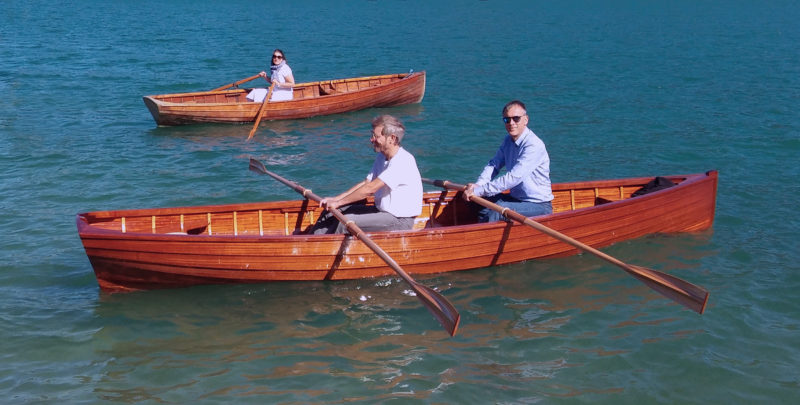 Lukas Schwimann
Lukas Schwimann
Join The Conversation
We welcome your comments about this article. If you’d like to include a photo or a video with your comment, please email the file or link.

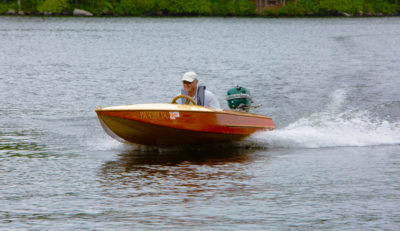
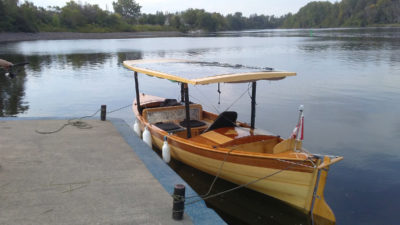
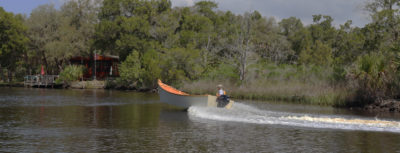
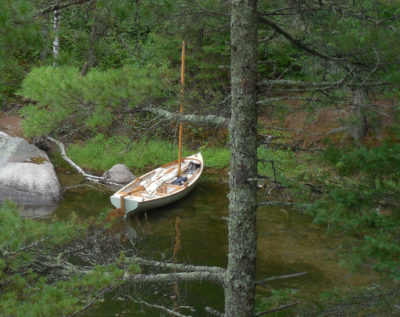
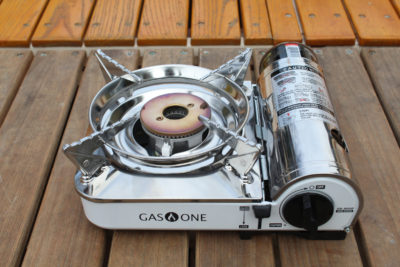
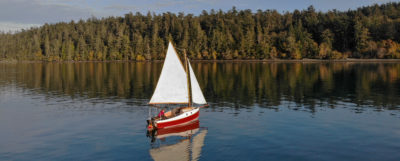

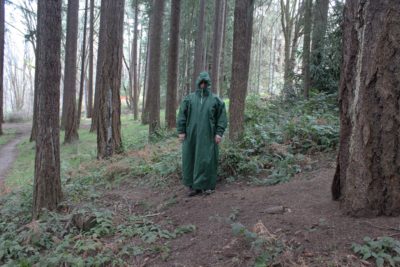
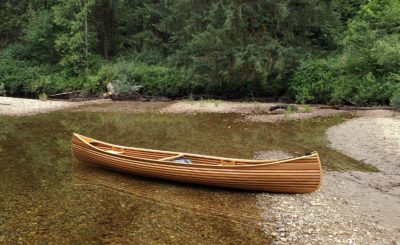

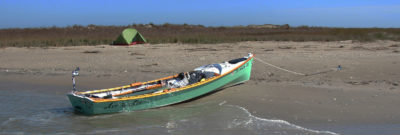
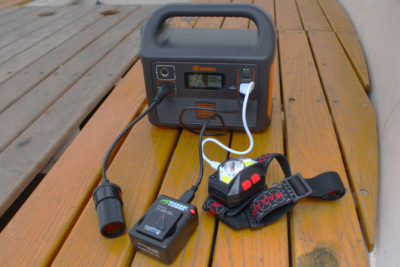

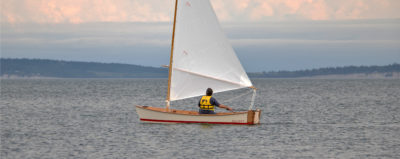
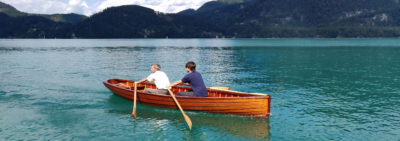
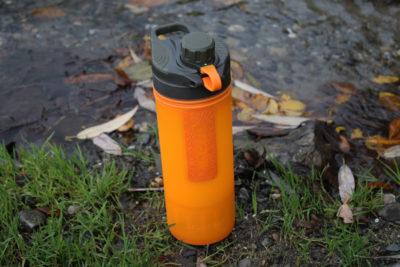
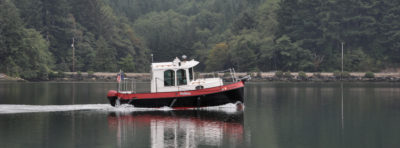
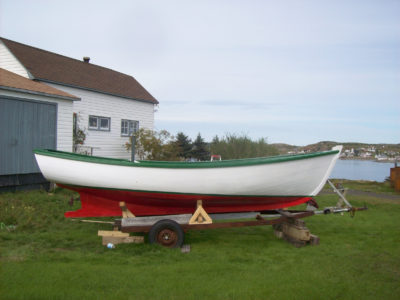
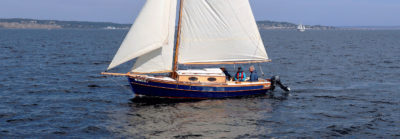


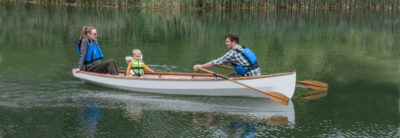
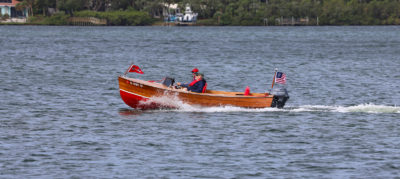
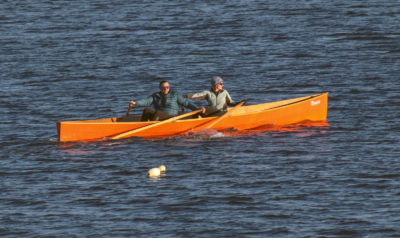
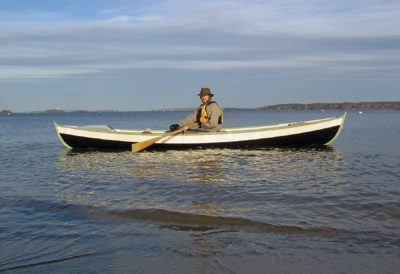
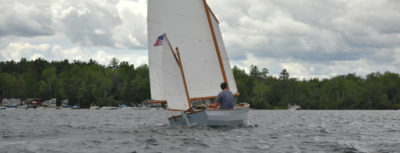
Hello,
Beautiful boat. Was the Sapele stained, or is that the natural colour? Loving how yours glows. I’m currently doing research on how to finish Sapele planking on the deck of new build.